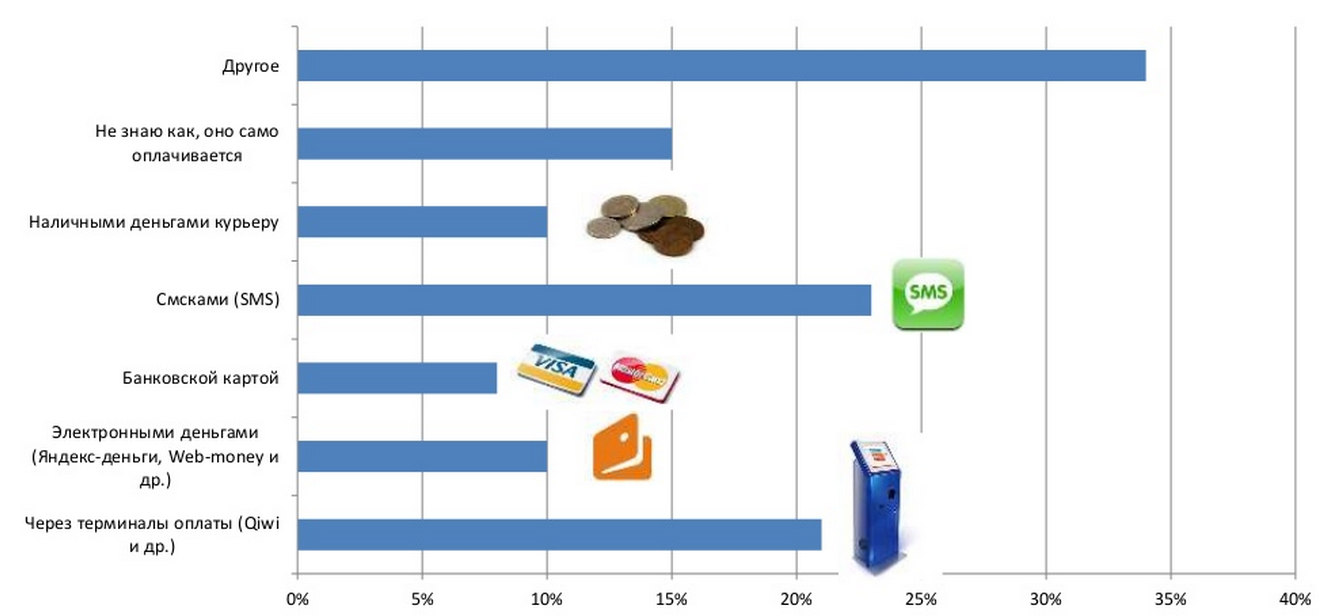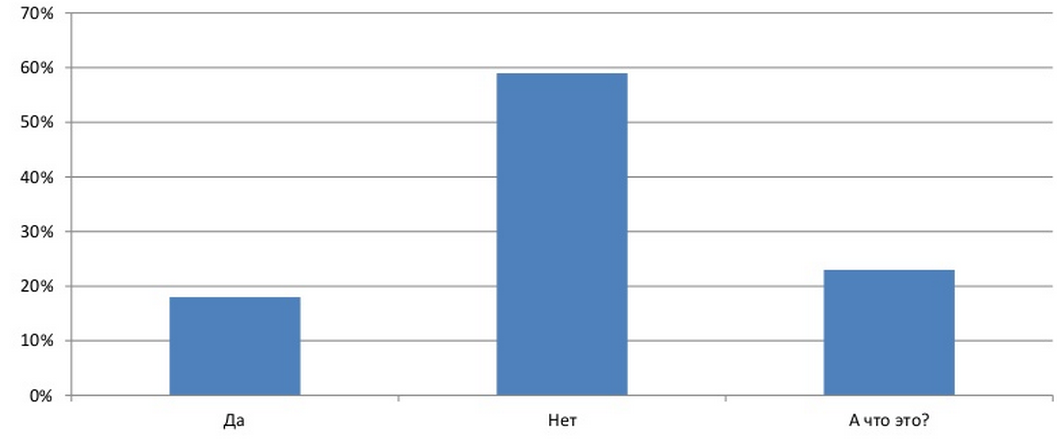Tvidi.ru : less than 20% of children buy something on their own in the App Store and Google Play
A few days ago, extensive material appeared on the pages of Rossiyskaya Gazeta devoted to the growing popularity of domestic animated characters. As part of the article, data on the use of the Internet by children in Russian cities with millions were disclosed.

With reference to Synovate Comcon , the following information was given:
- 10% of children aged 4-6 years in million-plus cities use the Internet every day;
- at the age of 13-15, their share grows to 84%.
In both cases, children most often access the network via a mobile phone.
These data partially confirm the research of the Internet Foundation and the Faculty of Psychology of Moscow State University, according to which 50% of adolescents aged 14 to 15 years go online from mobile devices. However, the younger the age group, the lower the percentage.
Dynamics of mobile device usage among children (age groups from 6 to 17 years)Data from the Internet Foundation and the Faculty of Psychology of Moscow State University

As for the commercial potential of the children’s audience, according to the already mentioned Synovate Comcon, the total children’s purse in million-plus cities was 776 million a year ago.
What amount do children in Russia have (age groups from 4 to 15 years)?Synovate Comcon data (second half of 2013)

Analysts of a children’s entertainment resource Tvidi.ru it was considered that “pocket money saved on offline purchases is relatively easily converted into virtual using payment terminals.”
However, as the survey on their website showed, everything is not so simple. Paying via SMS or in some other way (probably parental) is still preferable for the Russian children’s audience.
Ways to pay for online purchases by childrenData Tvidi.ru (May 2014)

Moreover, the share of apps bought by children in mobile stores is very small.
During the survey of your own audience Tvidi.ru I found out that less than 20% of children bought something themselves in the App Store and Google Play. Which, however, is not surprising, given the need to have a credit card for this, as well as the small popularity of paid applications in mobile stores.
Distribution of answers to the question of whether the child bought something on his own in the App Store or Google Play over the past year (May 2014)Here it would be more interesting to find out the proportion of children who downloaded the application from mobile markets and carried out transactions.

A source: http://www.slideshare.net/olegu/ss-34736237Photo: VIKTOR HANACEK